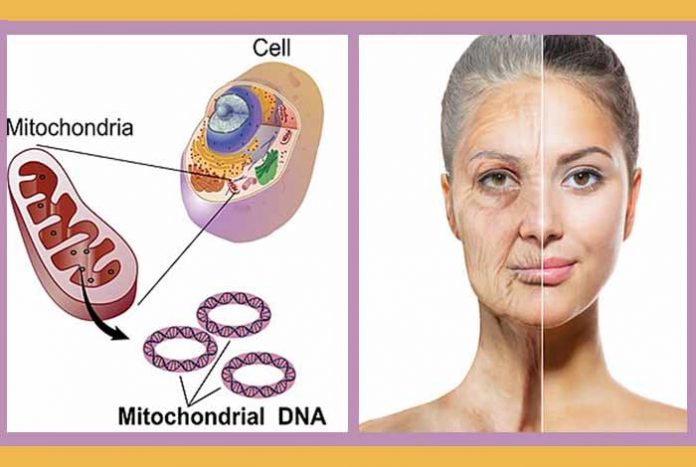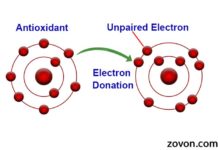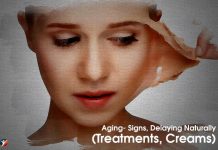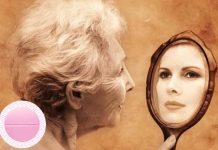
What if we could reverse the hallmarks of aging, namely wrinkles and hair loss? Would this be amazing?!
At the University of Alabama, Birmingham, Keshav Singh, Ph.D., and his colleagues have achieved just that in a mouse model. They induced a mutation in a gene that caused mitochondrial dysfunction, leading to extensive and visible wrinkles and hair loss within weeks. Later, when the mutation was reversed, the function of mitochondria was restored and the mouse again had thick fur and smooth skin that was indistinguishable from a healthy mouse of the same age. This observation has been made for the first time ever and can open a floodgate of opportunities.[1]
Mitochondria are small organelles in the cells that are responsible for power production. The scientists induced mutation in a gene that was responsible for maintaining the function of mitochondria and saw reversal of wrinkles and hair loss.
In humans, a decline in the function of mitochondria is observed with age and it is believed that age-related diseases are the result of mitochondrial dysfunction. Mitochondria is known to have its own genetic material and as humans age, depletion in this genetic material takes place, leading to a number of mitochondrial diseases, diabetes, cardiovascular diseases, age-associated neurological disorders and cancer.
Scientists believe that this mouse model will provide a great opportunity to them and other scientists for the development of therapeutic as well as preventive strategies of drug development aimed at increasing the function of mitochondria to fight against age-related problems of the skin, hair and other organs that usually get affected by mitochondrial dysfunction.
In the mouse model, mutation is induced with the help of an antibiotic, doxycycline, which is added to the drinking water or food. The antibiotic inactivates the enzyme responsible for replicating mitochondrial DNA, resulting in the depletion of genetic material.
Within 4 weeks of starting the antibiotic treatment, it was observed that the mice started showing gray hair,decreased hair density, slowed movements, lethargy and hair loss – the hallmarks of natural aging process. After 4-8 weeks of inducing the mutation, wrinkled skin was observed. A unique observation was that female mice were found to have more severe skin wrinkles than males.
What’s even more striking is the fact that the wrinkles and hair loss were reversed by turning off the mutation.
Other organs showed very little changes after the mutation was induced, indicating that mitochondria has more role to play in maintaining the health of the skin than other organs and tissues in the body.
Intrinsic aging refers to the natural process of aging, whereas extrinsic aging is the aging, which takes place due to external factors like excessive smoking or long-term exposure to the sun. In these mice, the skin showed changes that were similar to those observed in both intrinsic and extrinsic aging.
Furthermore, increased number of skin cells, dysfunctional hair follicles, abnormal thickening of the outer layer and increased inflammation of the skin was observed in the mutation-induced mice. These features were similar to those observed after extrinsic aging of the skin in humans. It was also observed that the mice depleted mitochondrial DNA had altered expression of 4 aging-associated markers in cells, which is a characteristic feature of intrinsic aging.
The matrix of the skin also displayed imbalance between matrix metalloproteinase enzymes and their tissue-specific inhibitor. This balance is important to keep the collagen fibers in perfect health that help in preventing wrinkles.
In mice with induced mutations in the mitochondria, the mitochondrial DNA content was decreased, its gene expression was altered and the large complexes formed during oxidative phosphorylation were found to be unstable.
After the mutation was reversed, the changes in the skin and hair were reversed too, indicating that mitochondria holds the key for reversible regulators of hair loss and skin aging processes.
Scientists believe that epigenetic mechanisms, which is the basis of mitochondria-to-nucleus communication is necessary to restore the normal skin and hair. Further experiments are required to be done in this field in order to learn whether phenotypic changes in other organs can also be reversed to wild type by restoring mitochondrial DNA.
This study was published in the Cell Death and Disease, a Nature online journal.










